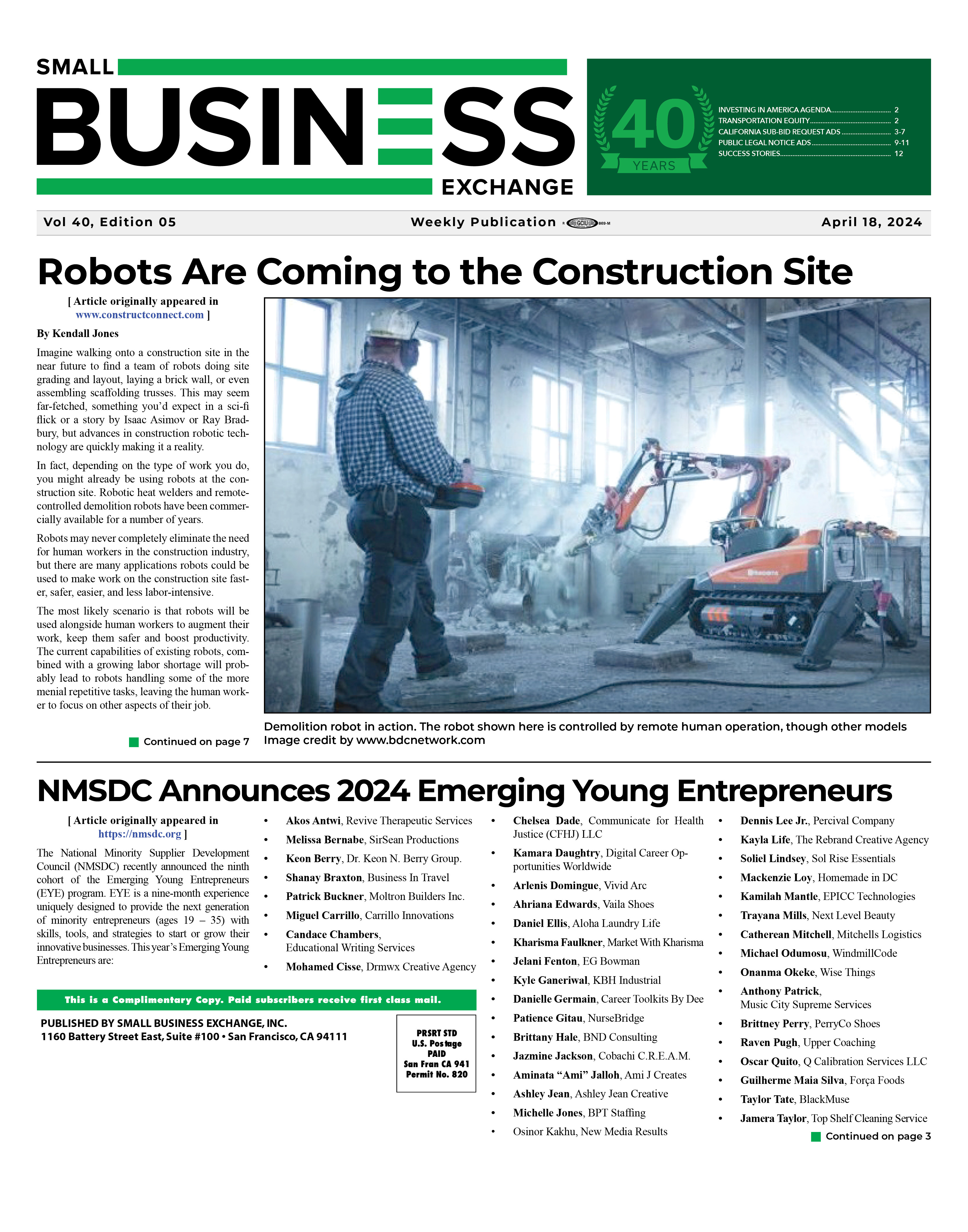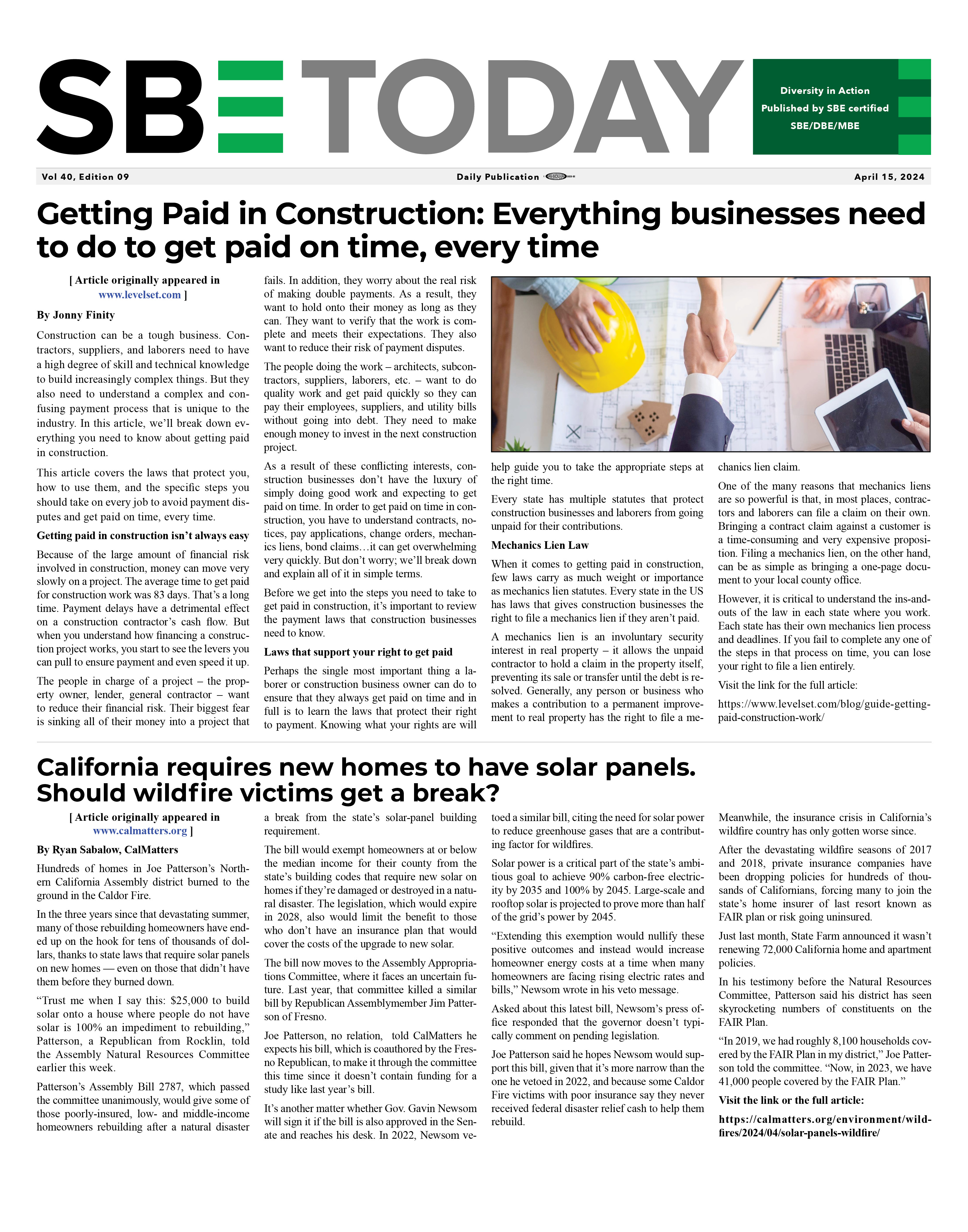Bills like SB 100 push California towards 100 percent carbon-free electricity by 2045. But how will the path to 100 percent carbon-free energy look for environmental justice communities? Communities of color disproportionately feel the historic and continued impacts of pollution, as they frequently live in closer proximity to refineries, rail yards, ports, transit corridors, dirty industries, and other sites that produce pollution from the use of fossil fuels. On average, Black and Latinx populations breathe in about 40 percent more particulate matter from the transportation system than White Californians. This is a direct result of redlining policies that historically segregated communities of color and consciously placed them near sources of toxic pollution.
Given these challenges, how we can imagine and implement better practices so environmental justice communities can truly thrive in a just transition?
Clean Energy Access Working Group and Community Solar
An equitable energy transition must center the communities most impacted by pollution, poverty and climate change in design, benefits, and implementation. Most importantly, these communities must hold decision-making power over their own clean energy solutions. Here at Greenlining, we are testing and modeling this approach through the Clean Energy Access Working Group, a group we co-convene with Southern California Edison and over 30 diverse stakeholders to pilot community-centered approaches to increase clean energy solutions within environmentally impacted communities.

The Clean Energy Access Working Group is working on an early-stage community solar project in Willowbrook, an unincorporated area in L.A. County near the Compton border.
What’s new about this effort is that it puts community leaders in the driver’s seat. So many times, low-income communities are denied the space or opportunity to articulate their needs, name their wants, and design their own solutions, and this is especially true in low-income communities of color. To disrupt the pattern of technical experts and policymakers (well-intentioned or otherwise) making decisions about environmental justice communities they have never stepped, breathed, and lived in, we must actively and intentionally engage the community early and often. This working group is shaping a space where community and lived experience stand on equal footing to technical expertise.
The Clean Energy Access Working Group is working on an early-stage community solar project in Willowbrook, an unincorporated area in L.A. County near the Compton border. Today many California households and businesses lack access to solar energy because they rent, live in multi-tenant buildings, have roofs that can’t host solar panels or face other obstacles. Community solar provides solar energy access to neighborhoods by creating solar facilities designed to share energy benefits. A community solar facility would offer Willowbrook residents the opportunity to share the benefits of solar power even if they cannot or prefer not to install solar panels on their personal property.
Current ideas for the project include either a small solar farm, a solar carport with electric vehicle charging, or a hybrid of both. Could this project offer lower energy bills to families in this neighborhood? Local workforce training and development opportunities? Electric vehicle charging? Avenues for youth and community engagement through local high schools and community centers? Overall outreach and education on clean energy programs and incentives? We hope so, but this is not for Greenlining to decide. We are working with local community partners to ensure that the process allows community members to engage and help lead this work. Community voices must articulate, lead, and implement their vision of a clean energy ecosystem in their own neighborhood — right here on previously polluted land, in a community still rife with the faultlines of redlining.
Willowbrook Community Walking Tour
As someone who grew up in the Willowbrook/Compton area and now works on this project, I have intentionally tried to embed community storytelling and community voice in our process. That included co-facilitating a community walking tour in my hometown community of Willowbrook, inspired by my own experience as a young person on Communities for a Better Environment’s Los Angeles Toxic Tour. Community walking tours can be critical for deepening the local perspective, disbanding misconceptions, and better understanding a specific community — all key elements that place-based work and environmental justice require.

An equitable energy transition must center the communities most impacted by pollution, poverty and climate change in design, benefits, and implementation
I piloted the community walking tour with my mother, who has lived in this community for most of her life. I wanted to share the narratives and history, that I had unearthed during my research for the tour with my mother, and hear her perspective. While walking with my mother to each site location I was able to hear from her about how her hometown community has changed, and how community organizing was at the heart of the infrastructural and environmental changes within Willowbrook. Being able to share this space with my mother, and hearing her stories about Willowbrook’s evolution, illustrated to me the importance of having spaces where community narratives are heard and empowered. That’s why we created this community walking tour.
The tour included members of the Southeast Los Angeles community and members from the CEAWG working group: Many of the participants from outside the area had never heard of Willowbrook before this project, and those that had, had usually just driven by. As an unincorporated community, Willowbrook often gets conflated with other surrounding communities such as Watts and Compton. Being unincorporated also means that Willowbrook does not have the same political representation and funding streams as incorporated cities, which can be a barrier to accessing statewide funds. Furthermore, the lack of recognition and surveying of unincorporated populations often causes them to be left out of policy initiatives.
Our tour also unpacked other intersecting narratives that should inform the Willowbrook community solar project: from the local environmental history to the current landscape of green space, transportation and transit corridor life, health, air pollution, and student and community organizing. For instance, walking through Earvin Magic Johnson Park gave depth and immediacy to the history of toxic contamination in that neighborhood. From 1926 to 1963, a corporate partner of Mobil Oil Corporation purchased 122 acres in this part of Willowbrook, where it installed an operating “tank farm” (a facility used for the storage and distribution of petroleum products), a compressor station and crude-oil storage. The lack of recognition and remedial steps from the city illustrate how communities of color are constantly forgotten in the mainstream environmental movement. Although it’s been 40 years since Mobil Oil sold the land, the environmental degradation is still being felt by the city and community members.

A potential site for the community solar project. From 1926 to 1963, a corporate partner of Mobil Oil Corporation purchased 122 acres in this part of Willowbrook, where it installed an operating “tank farm,” a facility used for the storage and distribution of crude-oil products. Although it’s been 40 years since Mobil Oil sold the land, the environmental degradation is still being felt by the city and community members.
Willowbrook also sits at the intersection of two of L.A.’s largest freeways, the 110 and the 105, which play a major role in the neighborhood’s mobility, environmental, and pollution ecosystem . Every day, heavy trucks pass along Imperial Highway, the 110 and the 105 to loading docks in Long Beach and San Pedro. Furthermore, the area’s proximity to the Los Angeles International Airport causes an extra set of air pollution due to lowing flying planes, making air quality in Willowbrook particularly noxious. As a group, we were able to unpack this mobility history of Willowbrook while standing on a newly created walking trail by George Washigton Carver Park. We could hear, smell, and see the pollution from the 105 and reflect on how communities of color have been intentionally placed in these areas.
Community as the North Star for Environmental Justice
During our walking tour, we physically put ourselves in the shoes of a Willowbrook resident: We walked on high traffic avenues, heard noise pollution from the 105 freeway, and passed local street vendors and children who were buying food as they were being let out of classes. We hoped to challenge participants’ perception of environmental justice communities and place-based work, and the tour illustrated that we cannot craft cookie-cutter plans for community solar or other local energy initiatives. Policy advocates should not conflate communities of color with each other: They each have their own needs, demographics, and histories.
As California moves into a just energy transition, we need to center communities like Willowbrook every step of the way. This is particularly important for communities that have disproportionately faced the dual burdens of poverty and pollution, an environmental racism past that continues to choke the present. This community solar project reminds us of something special: in the face of these compounding inequities, we see opportunities to center equity and deliver clean energy solutions in a community-centered process. This project is just one example of how California’s clean energy momentum can spark a community-driven movement toward true environmental justice.




